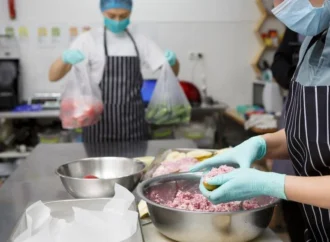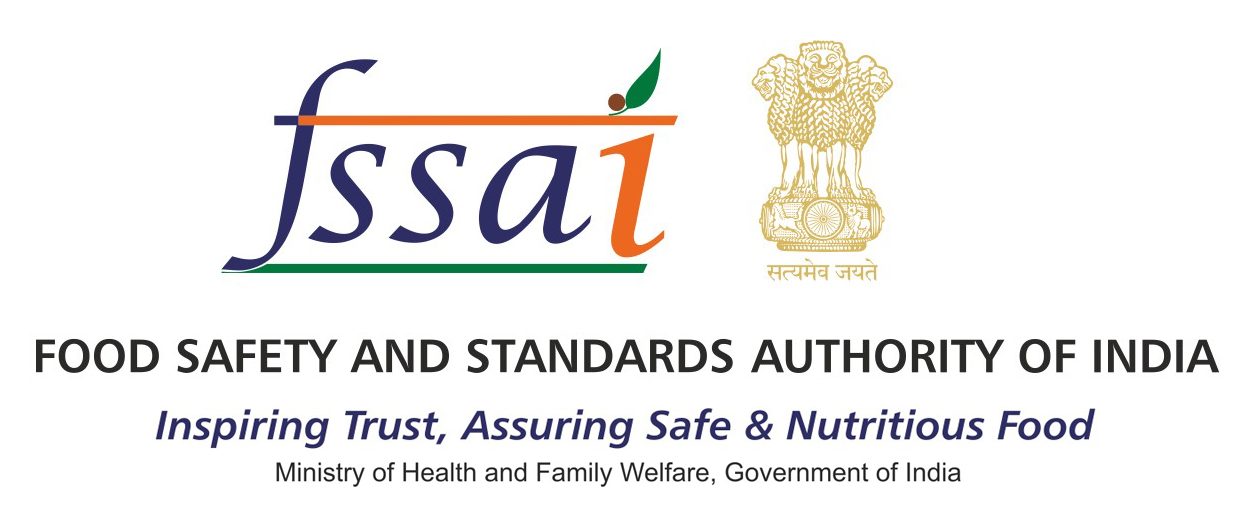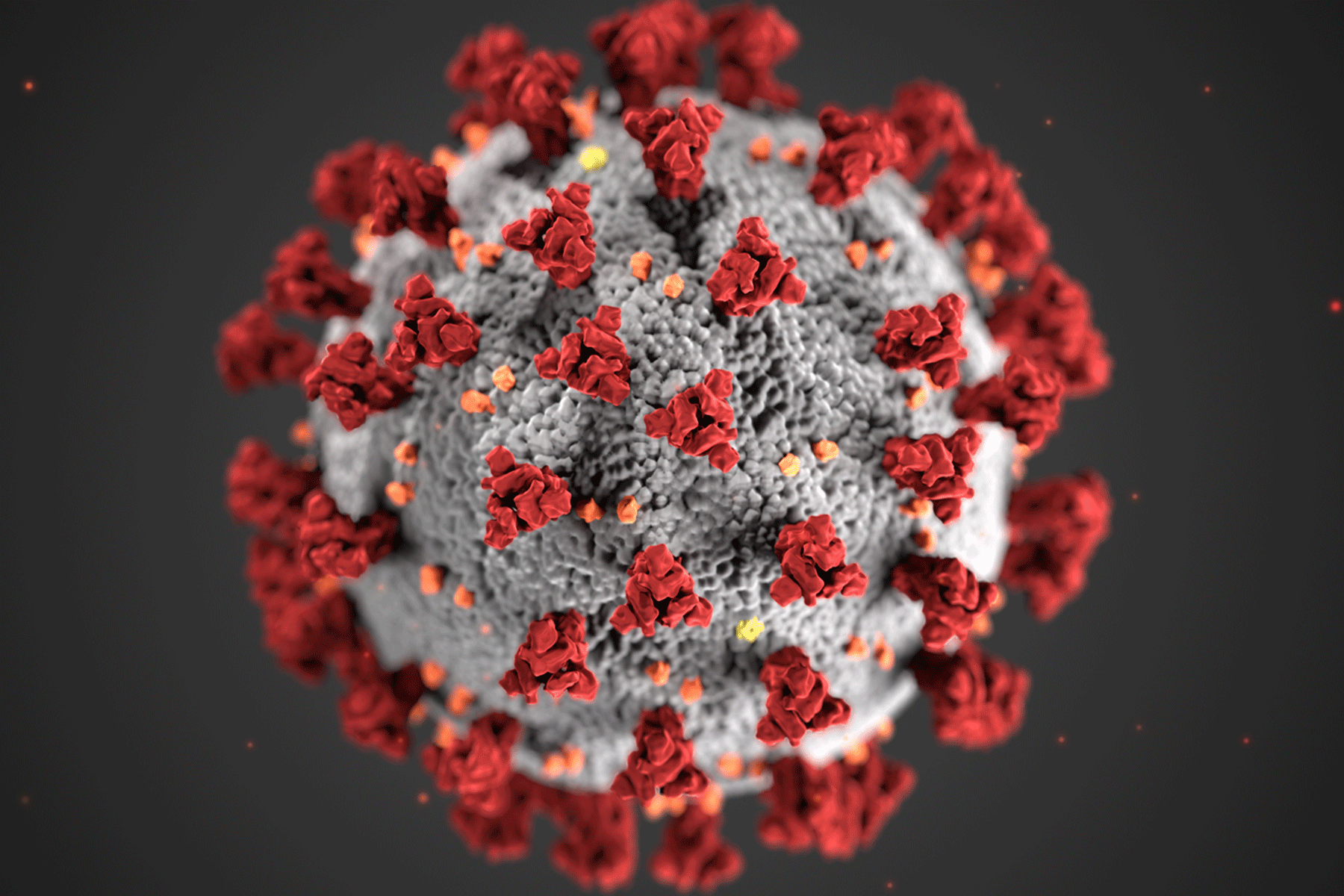Key Development
Researchers at the Indian Institute of Technology (BHU), Varanasi, have developed a state-of-the-art, dual-mode electrochemical sensor that can quickly detect Enrofloxacin, a commonly used antibiotic in the livestock industry. The innovation aims to improve food safety and tackle antimicrobial resistance. The team integrated magnetic molecularly imprinted polymers (MMIPs) with electrochemical detection techniques to create a compact, low-cost, and portable sensing platform. The device enables real-time, on-site testing of food samples for antibiotic residues, particularly in rural and resource-limited settings. The work appeared in the prestigious journal Small, and the team has filed a patent for the technology.
Tackling Antibiotic Overuse and AMR
Enrofloxacin, a fluoroquinolone antibiotic, is widely used in veterinary medicine across India. However, excessive use has raised serious health concerns. The World Health Organisation (WHO) has identified antibiotic resistance, including resistance to drugs like Enrofloxacin, as a major global health threat. The team’s sensor detects Enrofloxacin in concentrations as low as 161 femtomolar (fM) and up to 10 millimolar (mM), requiring minimal sample preparation. This addresses the gap left by current testing methods, which are often expensive, slow, and unsuitable for field use.
Real-World Applications and National Impact
“This breakthrough supports initiatives like Make in India and Start-up India, and enables precise food safety monitoring across the country,” said Prof. Amit Patra, Director of IIT(BHU). Dr. Chandra’s team has built a tool that can extend beyond food testing. The device could also support pharmaceutical screening, clinical diagnostics, and environmental monitoring, offering broad benefits for public health and safety.
Source: The Times of India
 Food Manifest
Food Manifest 
















